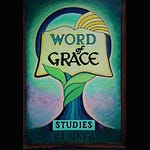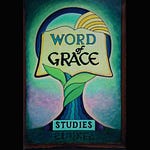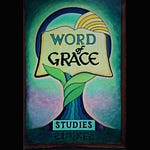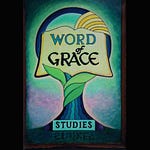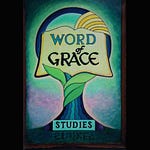In this full overview of the Book of James, Pastor Luther Walker provides a comprehensive summary of one of the earliest New Testament writings, exploring its historical context, audience, and rich practical application for the Church. Written around A.D. 46, before the Jerusalem Council (Acts 15), James’s epistle addresses Jewish Christians scattered by persecution, urging them to live out their faith in genuine, visible action.
This lesson clarifies how James complements—not contradicts—Paul’s teachings, showing how doctrine from Paul becomes applied truth in James. Pastor Walker explains how the book teaches believers to live under the Law of Liberty, not the Mosaic Law, and how faith, when genuine, produces visible fruit through works.
Key topics include:
Authorship and Audience: James wrote to Jewish believers scattered abroad—not to Israel as a nation.
Dispensations Explained: Understanding the household rules of God throughout history and the distinction between Law and Grace.
Faith and Works: James demonstrates that genuine faith expresses itself through action, while Paul establishes the doctrinal foundation of justification.
Trials and Temptations: The purpose of testing, endurance, and joy in adversity (James 1:2–4).
Wisdom from Above: True wisdom is peaceable, gentle, and pure—contrasted with earthly, demonic wisdom (James 3:13–18).
Proper Conduct and Speech: The need to bridle the tongue and speak with grace, representing who we are in Christ.
Avoiding Partiality: God’s standard of love transcends status, wealth, or appearance (James 2:1–9).
Prayer and Healing: The role of faith, confession, and restoration in the Christian community (James 5:13–20).
Law of Liberty: Living under grace, guided by the Holy Spirit, producing righteousness from the new nature.
This overview connects historical setting, doctrinal foundation, and practical exhortation, showing how faith acts, how wisdom applies, and how grace rules in the believer’s daily walk.



